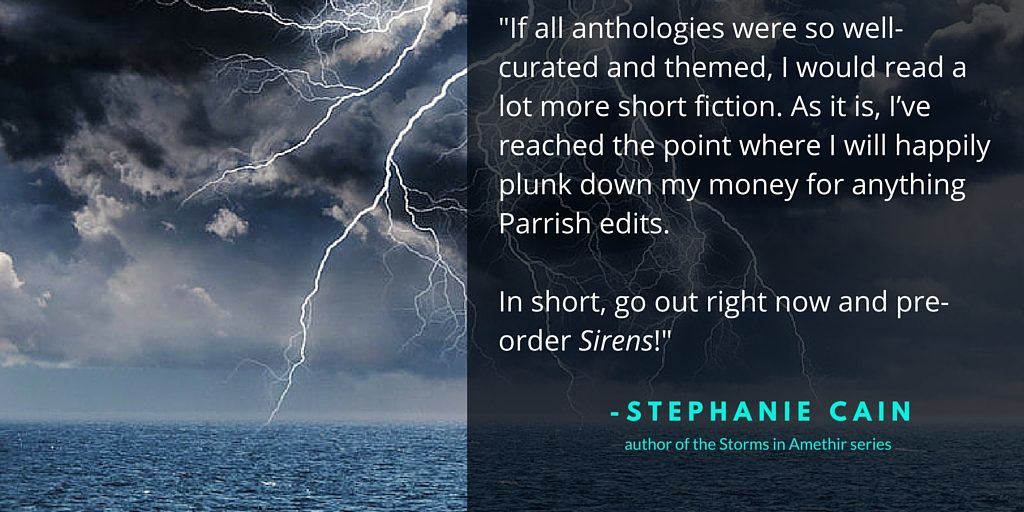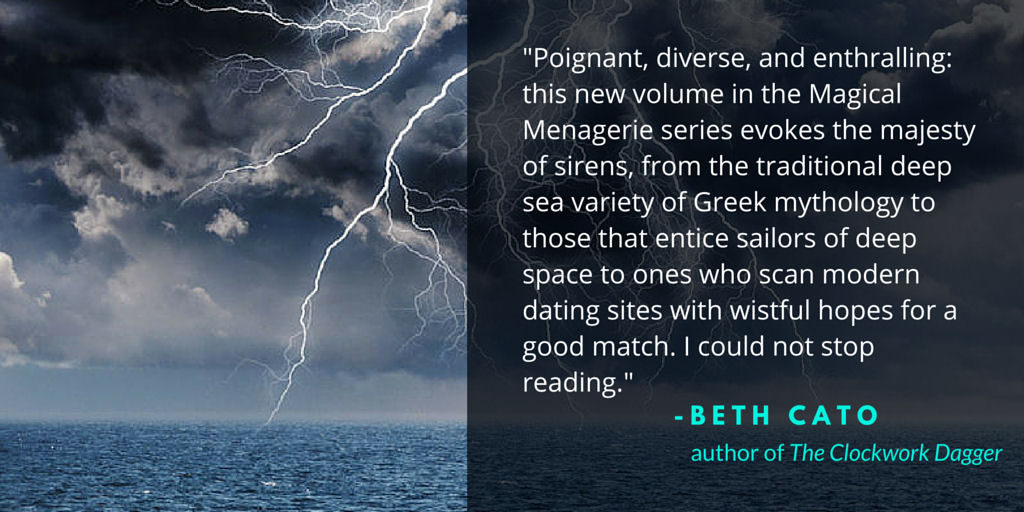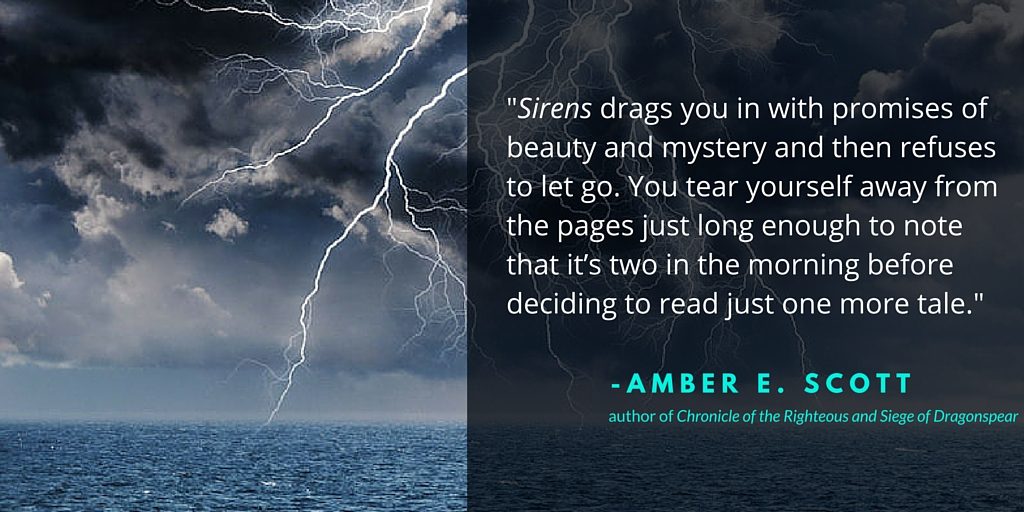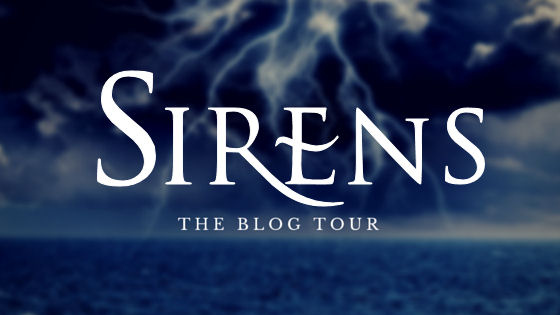
Four (and a half) Things I Learned Writing Threshold
K.T. Ivanrest
Disclaimer: While some of these are things I discovered about myself as a writer, others are advice straight out of Writing 101. I’m sharing them anyway because they were “Oh!” moments, when knowing something in the abstract became seeing it work (or not work) on the page.
1. Character and conflict outweigh the “cool concept.”
I admit it: I suck at coming up with story ideas. My Twitter feed is full of writers lamenting that they have three billion stories just waiting to be written and, woe is them, wherever will they find the time? I’m not one of those writers. Going from “awesome idea” to “plot” is really hard for me. So even with the anthology theme to give me a starting point, followed by lots of brainstorming weird siren scenarios, I was struggling.
After abandoning my first idea (about sirens running a dating service), I ran across a writing prompt: “You’re a pirate of the skies, preying on merchant airships. The officer leading the hunt for you is your brother.” (From Faye Kirwin @Writerology)
Now, if you read Threshold, you’ll notice that it has nothing to do with pirates, or airships, or manhunts (sad, I know). What it does have, though, is sibling rivalry, and that was what jumped out at me from that prompt. When I read it, I’d all but given up trying to write a story for Sirens, but as soon as “brother vs. brother” entered my head, I was ready to give it another go. I still didn’t have a plot, but I had a character struggle, and that resonated with me more strongly than any of the “cool concepts” I’d been dwelling on up till then.

[Caption: Rokat vs. Navrin (Source: Pokémon: The First Movie)]
2. Give your character a concrete want.
Kurt Vonnegut famously said, “Every character should want something, even if it is only a glass of water” (Bagombo Snuff Box). My problem in Threshold’s early drafts was that my protagonist only wanted something abstract, something long term. This internal conflict was resolved by the end of the story, yes, but as my alpha reader (shout-out to Laura VanArendonk Baugh!) pointed out, any crisis situation could have led to the same resolution. It wasn’t a story about sirens, it just happened to include them because I needed a disaster and, well, the anthology theme was sirens! When it came time to give Navrin a more immediate want, I tied it directly to the sirens and other monsters in the story, and by doing so, I not only had a more interesting character, I also found a reason for my sirens to be there.
3. Fix one problem, create another – or solve them all?
Giving Navrin an immediate want didn’t just tighten the story, it solved at least three other problems as well. His new want resulted in a career change. That led to a setting change. That removed a crowd of people I didn’t need, a pack of “security guards” who should have prevented a disaster, and several instances of “this isn’t very logical, but maybe the reader won’t notice?”
I don’t know if this is something I learned so much as simply a success, but that moment of “Whoa, this all works now!” was exhilarating and bolstering. It helped me realize that there was, in fact, a story here—I’d just been surrounding it with the wrong details.
And speaking of details…
4. Keep worldbuilding to a minimum.
Another Writing 101 tip here, but man, was it hard. Threshold is set in a world I’ve been developing for a fantasy novel (series?), and in early drafts I was having a great time throwing in unnecessary details. Sky serpents. Names of countries and people we’d never actually see or meet. A whole description of my world’s equivalent of an airport, complete with the abovementioned security guards. I even gave the novel’s main character a cameo.
While some of it could have stayed (the airport was the original story setting, for instance), the rest was not only unnecessary but distracting. Fine for a novel, where names and places and foreign words become relevant later on, but not for a story of this length. Worldbuilding’s great for drawing your readers in, but too much and they’ll feel left out—or just plain lost—instead.
But! Since you’re here, have a fun fact that I didn’t get to share in Threshold: my world is modeled on a variety of Asian countries. Navrin’s family is from “China” (where the story is set), while Rokat’s is from “Vietnam.”

[Caption: My model for Eisa (Source: Pinterest)]
4.5 Research is a killjoy.
…okay, not really. But did you know that if you’re knocked out for more than a few minutes, it’s likely you’ve sustained permanent brain damage or other lasting effects? I didn’t. But now I do, and so do my characters, who got a new story ending—and no brain damage—thanks to this discovery.
Kate wanted to be a cat or a horse when she grew up, but after failing to metamorphose into either, she began writing stories about them instead. Soon the horses became unicorns and the cats sprouted wings, and once the dragons arrived there was no turning back. When not writing, Kate can be found sewing, cosplaying, and drinking decaf coffee. She recently completed a PhD in Classical Studies, which will come in handy when aliens finally make contact and it turns out they speak Latin.
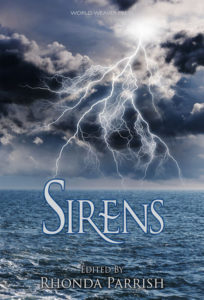
Buy It Now!
World Weaver Press
Amazon
Kobo
B & N





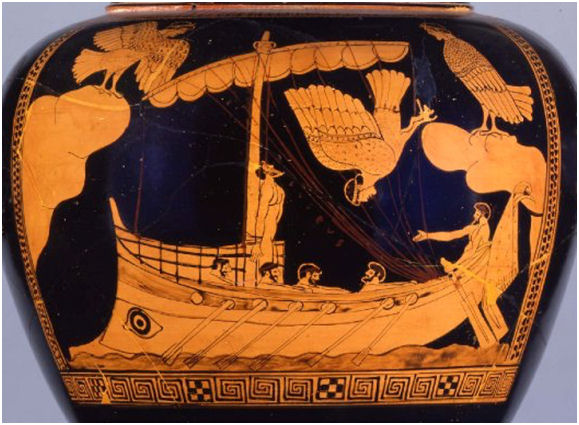
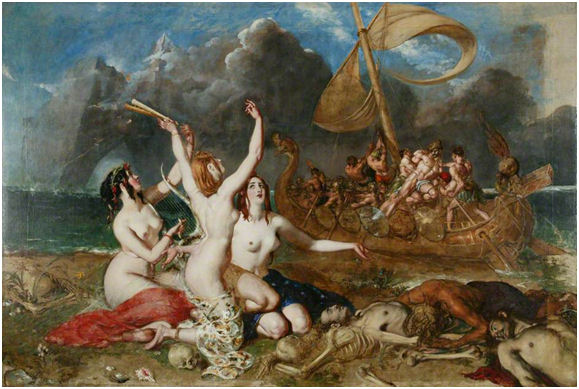 My Sirens are a mashup of different Greek writings: a dollop of Homer, a line of Hyginus, all topped off with a few spoonfuls of Lycophron. Like so many figures in Greek mythology, Sirens are who their authors need them to be: an episode, an explanation, even a cautionary tale, but always without motivation or agency. Thus Hyginus:
My Sirens are a mashup of different Greek writings: a dollop of Homer, a line of Hyginus, all topped off with a few spoonfuls of Lycophron. Like so many figures in Greek mythology, Sirens are who their authors need them to be: an episode, an explanation, even a cautionary tale, but always without motivation or agency. Thus Hyginus:
